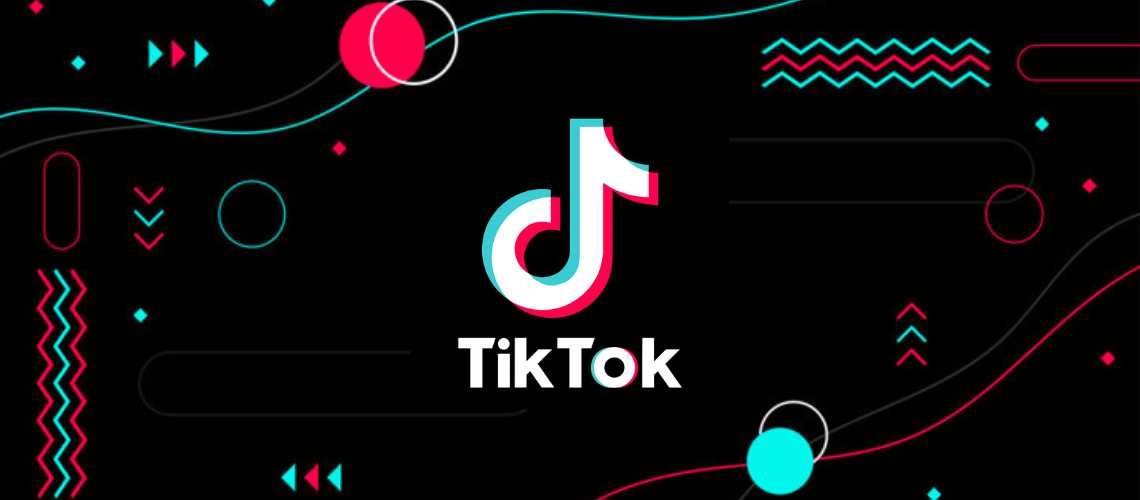With over 1 billion active users worldwide, TikTok has taken the digital realm by storm. Yet, standing out in this sea of content is no small feat. That’s where timing plays a crucial role. Identifying the best time to post on TikTok can enhance your content’s reach, visibility, and engagement.
Leveraging insights and analytics can propel your content into TikTok’s coveted ‘For You’ page. This article aims to illuminate the key factors that dictate the best time to post on TikTok, helping you maximise your TikTok journey in 2023.
Table of Contents
ToggleUnderstanding TikTok's Algorithm
Cracking the code to the best time to post on TikTok starts with an understanding of TikTok’s algorithm. This intricate system operates behind the scenes, determining content visibility and reach on the platform.
Fundamentally, TikTok’s algorithm is a sophisticated tool that utilises user interactions, video details, and device settings to decide how widely to distribute your content. Think of it as an AI-powered matchmaker. It continuously works to pair your content with users who are most likely to interact with it.
User interactions encompass the way users engage with your content–likes, shares, comments, and the duration for which they watch your videos. Video details refer to the specifics of the content you post, including details like hashtags, your chosen soundtrack, and even the details you put in the description. Device settings account for information about the user’s device and location settings.
The magic lies in the initial interaction. The algorithm pays close attention to the engagement your post receives immediately after posting. If your content garners substantial interaction shortly after being posted, the algorithm interprets it as a sign of high-quality, engaging content. Consequently, it’s more likely to give it a boost, increasing its visibility to a larger audience.
In essence, the TikTok algorithm functions as an amplifier. The more engagement your post secures, especially in the initial phase after posting, the wider the algorithm spreads it. Therefore, understanding and playing to the strengths of the algorithm can significantly elevate your content’s reach and engagement, making it a vital part of determining the best time to post on TikTok.
Factors to Consider When Determining the Best Time to Post
When it comes to pinpointing the best time to post on TikTok, a one-size-fits-all approach doesn’t cut it. The optimal time varies widely, and it’s a unique jigsaw piece that fits differently for each content creator.
Multiple factors play into this intricate puzzle, and to maximise your reach and engagement, understanding these elements is crucial. So, let’s dive into these key factors to help you determine your ideal posting time.
1. User Activity
The best time to post often aligns with when your audience is most active on TikTok. Understanding your audience’s lifestyle and habits can guide you in scheduling your posts during these peak activity windows.
2. Time Zone and Geographical Location
Your audience’s geographical location and the corresponding time zone play a significant role in determining the best time to post. If your followers are scattered globally, you might need to consider posting multiple times to cover different time zones.
3. Audience Demographics
Audience characteristics such as age, occupation, and interests can also influence the optimal posting time. Students may have different active hours compared to working professionals, and their interests may also determine when they are most likely to engage with your content.
4. Content Nature and Industry
The nature of your content and the industry you operate in can also affect when your audience is most likely to engage with your posts. For example, fitness content might perform best early in the morning or in the evening, while food-related content might see higher engagement during meal times.
5. Platform Insights and Analytics
TikTok’s in-app analytics can provide insights into your followers’ activity patterns, helping you identify the best times to post. Observing metrics like likes, shares, comments, and video playtime can help guide your posting schedule.
Considering these factors and how they intersect with your unique audience and content can determine the best time to post on TikTok, boosting your visibility and engagement on the platform.
Time Zones and Geographical Location
The best time to post on TikTok often aligns with when your audience is awake and active. Therefore, understanding your audience’s geographical location and corresponding time zones is crucial. When are they most likely to be scrolling through TikTok?
Best Time To Post on TikTok Malaysia
In Malaysia, TikTok users are typically most active from 11 AM to 2 PM, and again from 8 PM to 11 PM. These times mark the lunch break and post-dinner leisure time, where users often scroll through TikTok.
Best Time To Post on TikTok USA
In the US, peak activity hours differ across time zones. However, generally, 6 AM to 10 AM PST (morning commute times) and 4 PM to 9 PM PST (after-work hours) are considered optimal.
Best Time To Post on TikTok Australia
If your TikTok content caters to an Australian audience, keep an eye on the clock at two critical times: 7 AM to 9 AM and 7 PM to 10 PM AEST. These windows correspond to the morning rush and post-dinner relaxation periods when users often indulge in some TikTok browsing.
Overall Best Time To Post on TikTok by Day
When considering overall engagement, here are some general guidelines:
- Monday: 6 AM, 10 AM, 10 PM
- Tuesday: 2 AM, 4 AM, 9 AM
- Wednesday: 7 AM, 8 AM, 11 PM
- Thursday: 9 AM, 12 PM, 7 PM
- Friday: 5 AM, 1 PM, 3 PM
- Saturday: 11 AM, 7 PM, 8 PM
- Sunday: 7 AM, 8 AM, 4 PM
Remember, these timings represent global averages. To truly hit the sweet spot, tailor these guidelines to your specific audience’s active hours, ensuring your content gains maximum traction.
Target Audience Demographics
One of the critical aspects when determining the best time to post on TikTok is understanding your audience demographics. Factors like age, interests, and occupation play a decisive role in defining when your audience is most likely to engage with TikTok.
For instance, if your audience consists primarily of students, you need to strategize your posting times to coincide with after-school hours, a period when they typically indulge in leisure activities like scrolling through TikTok.
On the other hand, if your target audience includes working professionals, scheduling posts around commute times could prove beneficial. These individuals may use these intervals to unwind, making it an optimal time to catch their attention with your TikTok content.
Analysing TikTok Insights and Engagement Metrics
Harnessing TikTok’s in-app analytics can provide invaluable insights into your followers’ online activity. This tool sheds light on crucial metrics that could guide your posting schedule to maximise engagement and reach.
Pay close attention to engagement metrics such as likes, shares, comments, and video playtime. These metrics help you identify when your followers are most active and engaged.
For example, if you notice a surge in likes or comments at a specific time, it might be an indication that your followers are particularly active during this period. Capitalise on these trends and tailor your posting schedule accordingly.
In essence, TikTok’s analytics tool serves as a compass, guiding you to pinpoint the best time to post on TikTok based on actual data from your follower interactions. Don’t underestimate its power; use it strategically to optimise your TikTok posting schedule and maximise your content’s reach and engagement.
Industry-specific Considerations
The nature of your TikTok content, especially in relation to your industry, can considerably shape the best time to post on TikTok. The timing that drives the most engagement often aligns with your audience’s lifestyle and interests pertaining to your niche.
For instance, if you’re a content creator in the fitness industry, consider scheduling your posts during the early morning or evening. These times often correspond to when people usually work out, making your content timely and relevant.
Similarly, if you’re creating content around food, posting during typical meal times could drive higher engagement. Your audience might be looking for meal inspiration, or simply enjoying food-related content while they eat.
In short, understanding your industry and the unique habits and preferences of your audience within that niche can help fine-tune your posting schedule, driving maximum engagement.
Conclusion
Identifying the best time to post on TikTok in 2023 goes beyond applying a standard formula. It calls for a comprehensive understanding of TikTok’s algorithm, your audience’s demographics, and your content’s engagement patterns. The most effective strategy integrates data-driven insights with thoughtful experimentation, enabling you to continuously adapt and optimise your posting times.
As you refine your understanding and tweak your posting schedule accordingly, you’ll likely see an increase in your TikTok visibility, reach, and engagement. The power of timing in content posting is a game-changing factor. It can make the difference between your content being seen by a few or being enjoyed by many.
Remember, your best time to post on TikTok could be your secret to success on the platform in 2023 and beyond. Keep experimenting, keep learning, and keep growing! If you are keen about other marketing information, bookmark our site – Crayonux for the latest update!


